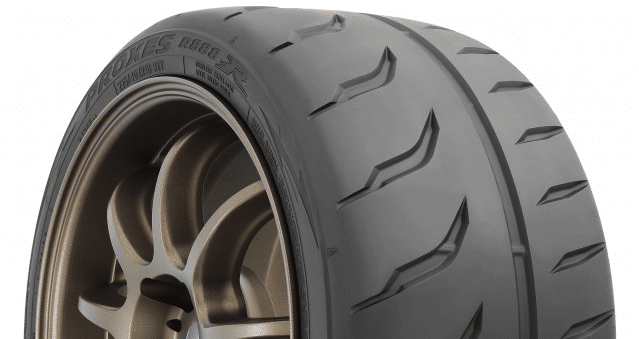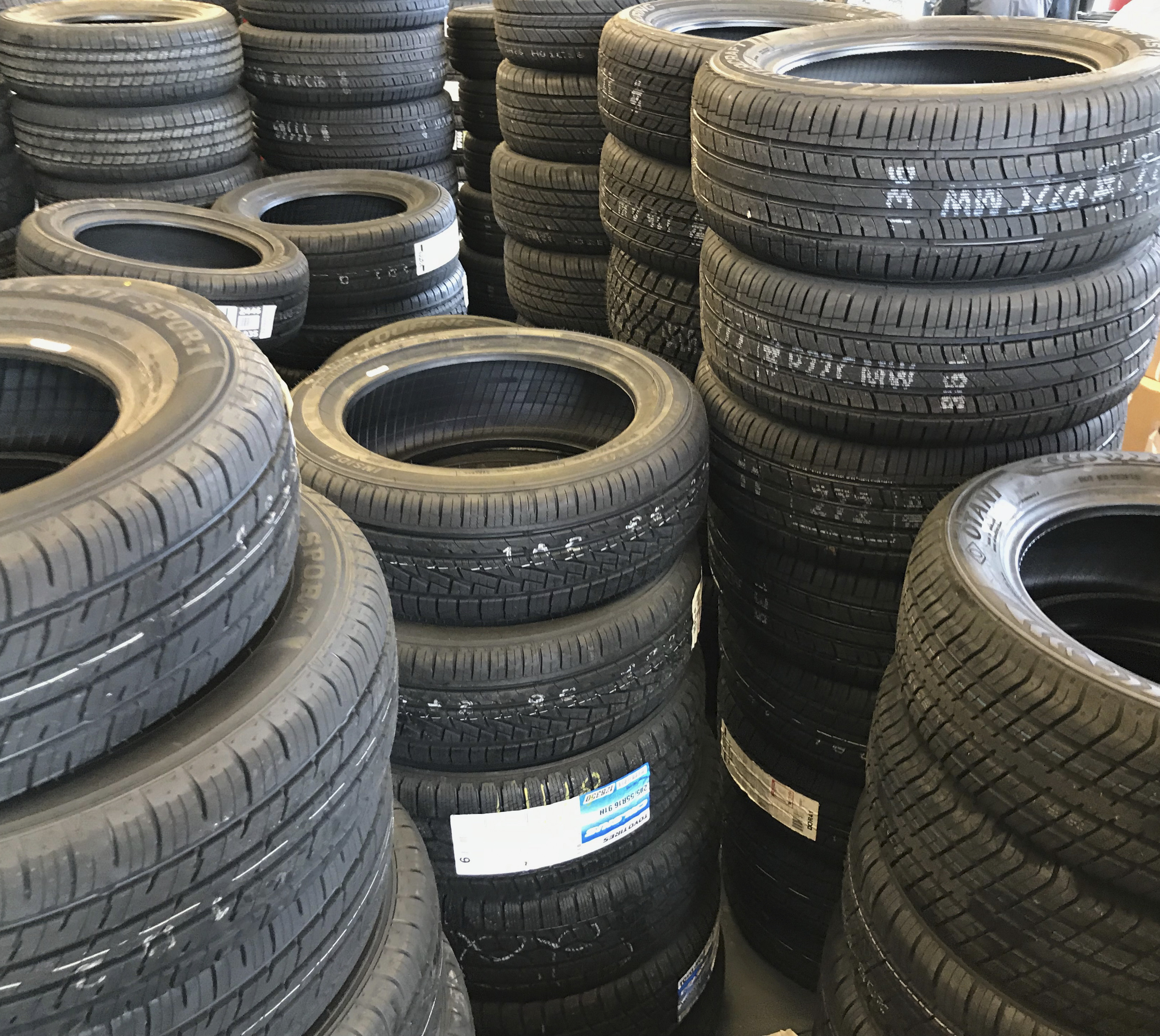All Categories
Featured
Table of Contents
The Michelin offered a comfy driving experience, qualified by receptive guiding and a dynamic understeer equilibrium. Despite the cooler testing problems, Michelin's constant time and grasp over 3 laps indicates its viability for real-world applications.
The tyre's initial lap was a second slower than the second, directing to a temperature-related grip boost. For day-to-day use, the Michelin could be a much safer wager.
Tyre Safety Near Me – Bedford 6052 WA
It shared Michelin's safe understeer balance however lacked the latter's readiness to turn. Continental and Goodyear's efficiencies were remarkable, with Continental's brand-new PremiumContact 7 showing a significant improvement in damp conditions compared to its precursor, the PC6. This version was far less delicate to load changes and behaved a lot like the Michelin, albeit with slightly less interaction at the restriction.
It incorporated the safe understeer balance of the Michelin and Continental with some flashy handling, verifying both foreseeable and quick. As an all-rounder for this Golf GTI, Goodyear's Uneven variety was the standout, showing outstanding performance in the damp. Finally, the Bridgestone Potenza Sport took the crown as the fastest tire, albeit by a small margin.
This tire got grippier as it warmed up, comparable to the Yokohama. Chauffeurs seeking an amazing wet drive could discover this tyre worth taking into consideration. The standout entertainer in damp braking was the most recent tyre on test, the PremiumContact 7, though the outcomes are nuanced. We conducted damp stopping tests in 3 different methods, twice at the brand-new state and once at the worn state.
Honest Tyre Balancing Near Me
Ideally, we wanted the cold temperature level test to be at around 5-7C, but logistical delays implied we tested with an average air temperature level of 8C and water at 12C. While this was cooler than conventional test problems, it was still warmer than real-world problems. The warm temperature level examination was done at a standard of 18C air and 19C water.
The 3rd run entailed wet braking tests on used tires, especially those machined down to 2mm with a little run-in. While we intended to do even more with these worn tyres, climate constraints limited our screening. It's worth noting that damp stopping is most essential at the worn state, as tyres usually enhance in dry conditions as they put on.

Bridgestone, Goodyear, and Michelin saw the least efficiency reduction when put on. The Hankook tyre signed up the tiniest performance decline as temperatures cooled down, but it was amongst the most affected when used.
Affordable Tyre Performance Near Me – Bayswater
The take-home message right here is that no single tire stood out in all facets of damp stopping, suggesting an intricate interaction of elements affecting tire performance under different problems. There was a standout tyre in aquaplaning, the Continental completed top in both straight and bent aquaplaning, with the Michelin and Goodyear additionally great in deeper water.

Yokohama can profit from slightly more grip, an issue potentially influenced by the cooler conditions. As for dealing with, all tires executed within a 2% variety on the lap, demonstrating their high-quality performance (Tyre performance). Nonetheless, thinking about these tires basically target the exact same consumer, it interests observe the substantial differences in feel.
The surprise is since the PremiumContact 6 was one of my favourites for sporty completely dry drives, however its successor, the PremiumContact 7, seems elder and resembles Michelin's performance. Among these, Hankook was the least accurate in steering and interaction at the restriction. Tyre balancing. Both Michelin and Continental offered wonderful first steering, albeit not the fastest
If I were to advise a tyre for a quick lap to a newbie, claim my papa, it would certainly be among these. We have the 'fun' tyres, namely Yokohama and Bridgestone. Both were speedy to steer and really felt sportier than the others, yet the compromise is an extra lively rear end, making them much more difficult to handle.
Affordable Tyre Shop Services Near Me
It provided similar steering to Bridgestone but provided better feedback at the restriction and much better grasp. The Bridgestone Potenza Sport, nevertheless, appeared to degrade rather promptly after just three laps on this requiring circuit. Finally, there's Goodyear, which placed itself somewhere between the enjoyable tyres and those tending towards understeer.
All in all, these tyres are superb performers. In terms of tyre wear, the method made use of in this test is what the market refers to as the 'gold standard' of wear.
Both the Bridgestone and Yokohama tires substantially underperformed in comparison to the other 4 tyres in terms of rolling resistance, with Continental slightly outmatching the remainder. Relating to the convenience degree of the tires, as prepared for, a lot of demonstrated an inverted correlation with handling. The Continental, Michelin, and Goodyear tyres done finest across various surface area kinds checked.

Bridgestone began to show indications of firmness, while Yokohama was particularly disconcerting over splits. We did determine internal noise levels; however, as is usually the instance, the outcomes were carefully matched, and because of weather restrictions, we were unable to carry out a subjective analysis of the tires sound. We looked at abrasion figures, which measure the amount of tire walk shed per kilometre, normalised to a one-tonne vehicle.
Reliable Tyre Rotation Services – Bayswater
This figure represents the quantity of rubber dirt your tires generate while driving. Michelin led in this category, creating over 9% much less rubber particulate matter. On the other hand, Hankook generated 32% more. This is an element I think the industry must concentrate on more in the future, and it's something Michelin is supporting.
Latest Posts
Top Tyre Fitting
Leading Cost-effective Car Tyres – Middle Swan
Best Wheel Balancing Services